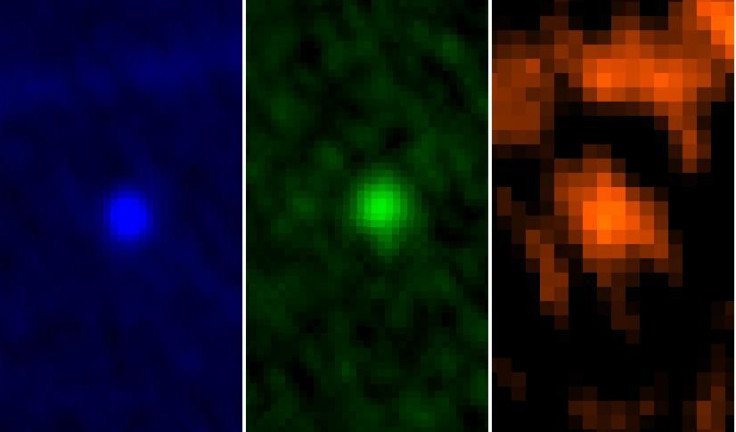Apophis Asteroid 2021 Flyby: When, Where, How To Watch Its Earth Close Approach
KEY POINTS
- Asteroid 99942 Apophis will be zipping by Earth this Friday
- Apophis is not expected to hit Earth during its flyby this week and its 2029 approach despite earlier predictions
- Space enthusiasts who have a high-end telescope will be able to catch a glimpse of Apophis when it zips by
Asteroid Apophis will be zipping by Earth this Friday. Though this is not its much-talked-about 2029 close approach, skywatchers can still enjoy this rare flyby. Here's how space enthusiasts can watch the so-called "God of Chaos" rock safely pass by the planet.
Discovered in 2004, asteroid 99942 Apophis is one of the more well-known asteroids due to previous suggestions that it could hit Earth during its April 13, 2029 approach. But scientists have since confirmed that Apophis will not be a threat to Earth during that flyby, according to NASA.
Despite this, Apophis will still come very close to Earth. The space rock will pass through the zone of high-altitude satellites, or about 19,800 miles (31,900 kilometers) from the planet’s surface, when it returns for another visit in eight years. This distance would make it around 90% closer to Earth than the moon.
For its flyby this week, however, the closest the asteroid will get is within 10.5 million miles from the Earth's surface — which is equivalent to 44 times the distance between the planet and the moon, per Space.com. Despite this, space enthusiasts who have a high-end telescope will be able to catch a glimpse of Apophis when it zips by.
Space.com suggested using a 12-inch diameter or larger telescope to observe the passing space rock as a personal telescope may not be enough. For those who want to take images, the outlet recommended equipping a slightly smaller telescope with a sensitive camera.
To get the best viewing experience, skywatchers should turn their telescopes toward the night sky early Saturday, between roughly 12:55 a.m. EST and 1:04 a.m. EST (0555 GMT and 0604 GMT), when Apophis will pass in front of a star. The asteroid will be visible across Montana, Wyoming, Colorado, Kansas, Oklahoma, Texas, Arkansas and Louisiana, along with some areas bordering these states, per Space.com.
With a diameter that spans roughly 1,120 feet (340 meters), or the size of three and a half football fields, Apophis would cause massive damage if it collides with Earth. But an asteroid of its size hitting Earth is a once-in-80,000 years event, according to some estimates.
After making its flyby, the Aten asteroid will continue its orbit around the sun until its next return.
Previous calculations had given Apophis a 2.7% chance of impacting Earth in 2029, but after reviewing older astronomical images, scientists said the space rock will not be in danger of hitting Earth in 2029 or 2036. According to NASA's Center for Near-Earth Object Studies, Apophis' current highest probability of impact occurs on April 12, 2068, with odds of 1 in 150,000.
Astronomers said Apophis' flybys will help them unlock more mysteries about the space rocks.
“The Apophis close approach in 2029 will be an incredible opportunity for science,” said Marina Brozović, a radar scientist at NASA’s Jet Propulsion Laboratory in California. “We’ll observe the asteroid with both optical and radar telescopes. With radar observations, we might be able to see surface details that are only a few meters in size.”

© Copyright IBTimes 2025. All rights reserved.





















